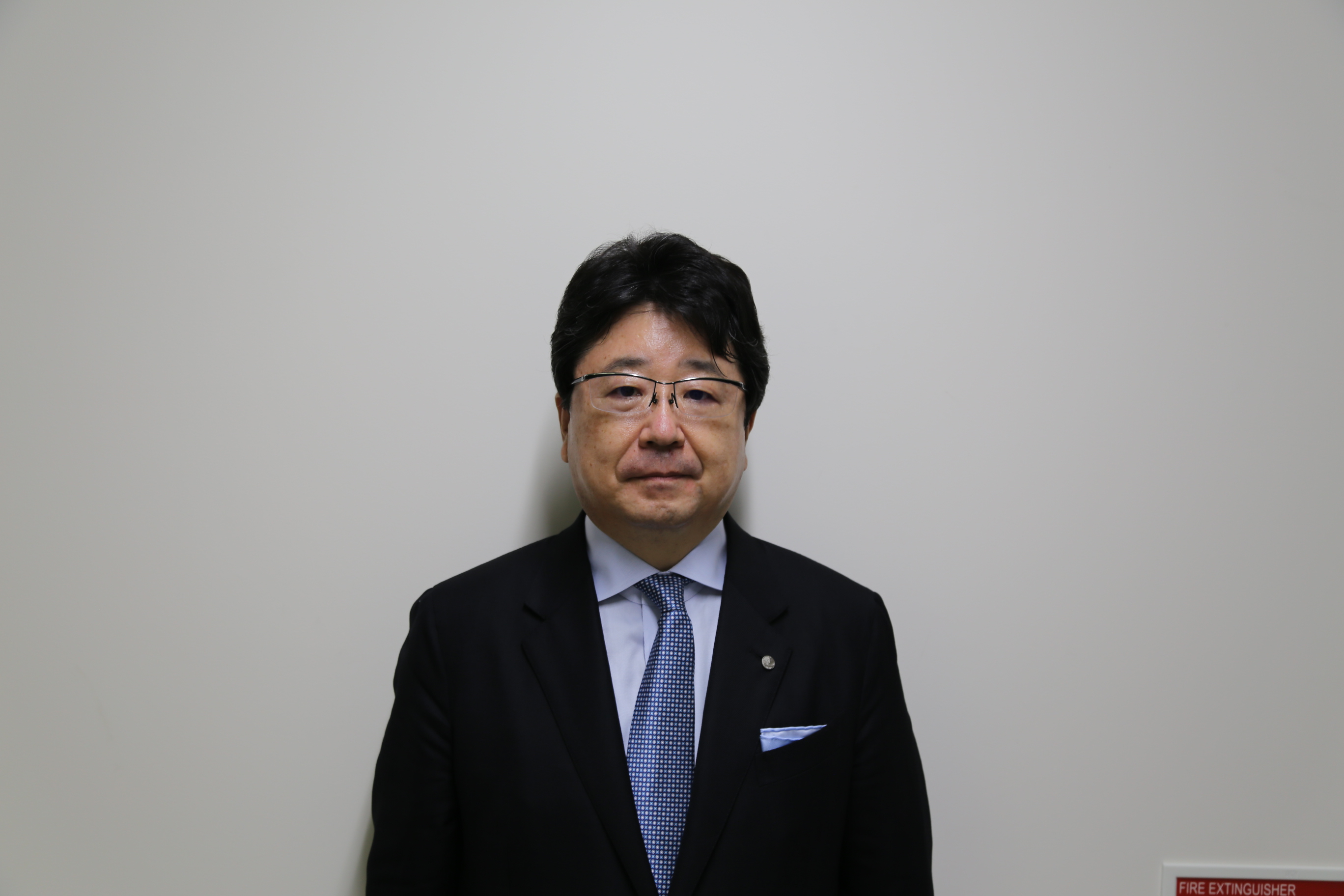
Development of clinical application guidance for extracellular vesicles and future perspectives including the JSRM–ISEV MOU: Toward international collaboration and industrialization
Shuji Terai.
1Division of Gastroenterology & Hepatology, Niigata University, Niigata, Japan
Background:
Mesenchymal stromal cells (MSCs) exert therapeutic effects largely through secreted extracellular vesicles (EVs). As EVs have emerged as key mediators in regenerative medicine, global efforts are needed to standardize, regulate, and translate EV-based therapies into clinical practice.
JSRM’s Initiatives:
The Japan Society for Regenerative Medicine (JSRM) has taken a pioneering role by publishing the world’s first Guidance on the Clinical Application of Extracellular Vesicles (Terai et al., 2025) and the Basic Points to Consider Regarding the Preparation of Extracellular Vesicles and Their Clinical Applications in Japan (Tsuchiya et al., 2022). These guidelines established essential frameworks for clinical translation, regulatory harmonization, and quality standardization in EV-based therapies.
MOU and International Collaboration:
On July 20, 2025, JSRM signed a Memorandum of Understanding (MOU) with the International Society for Extracellular Vesicles (ISEV), the global leader in EV research with over 1,700 members and the publisher of the MISEV guidelines (2014, 2018, 2024). This collaboration aims to accelerate international joint research, knowledge sharing, and the development of globally harmonized standards for EV and secretome applications.
Future Perspectives:
The JSRM–ISEV partnership is expected to strengthen (1) international joint research, (2) regulatory alignment, (3) industry–academia–government collaboration for clinical translation, and (4) global strategies for industrialization. Particularly, MSC-EVs, with immunomodulatory, antifibrotic, and tissue homeostasis-restoring properties, are anticipated to play a central role in next-generation regenerative medicine and its industrial deployment.
[1] Terai S, et al. Regen Ther. 2025;29:43-50. doi: 10.1016/j.reth.2025.02.008.
[2] Tsuchiya A, et al. Regen Ther. 2022;21:19-24. doi: 10.1016/j.reth.2022.05.003.